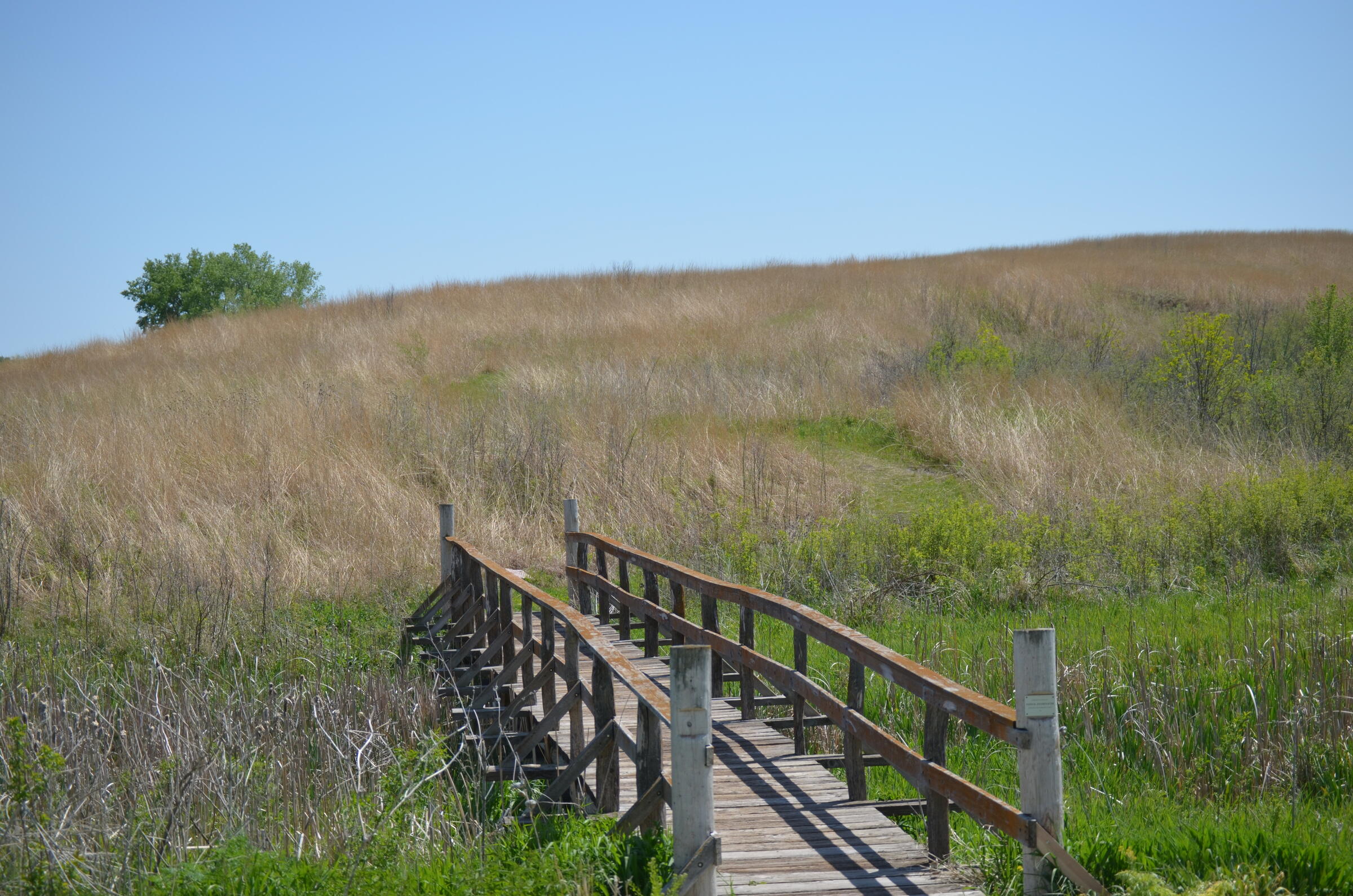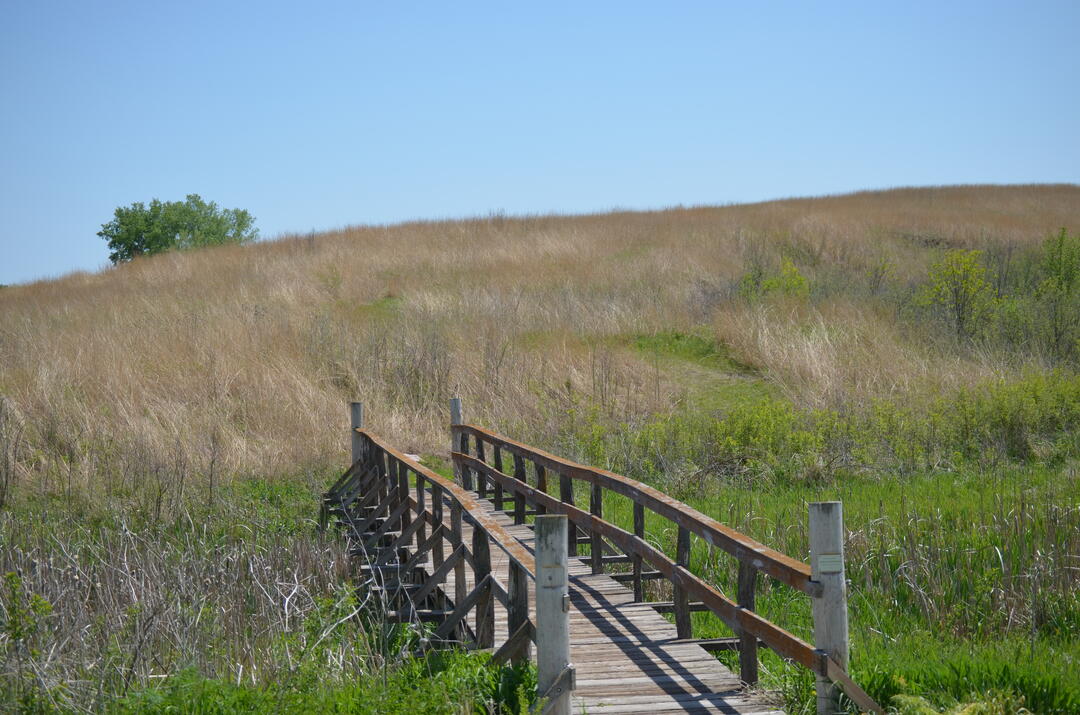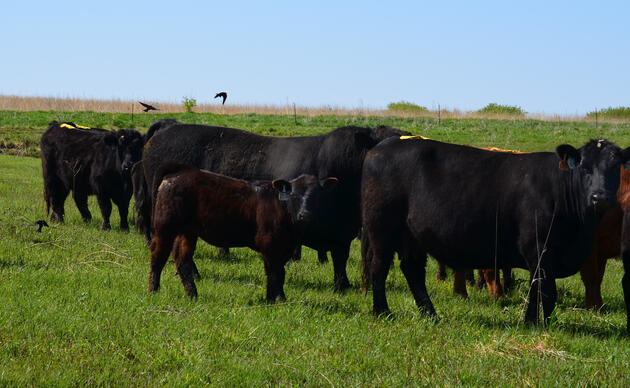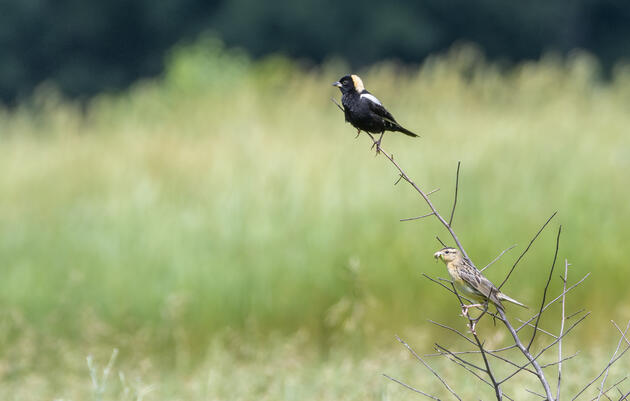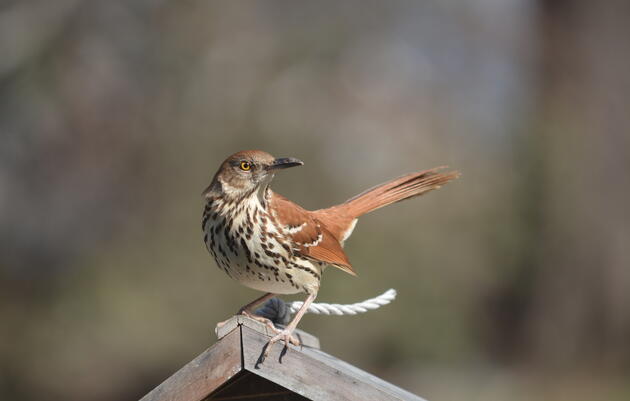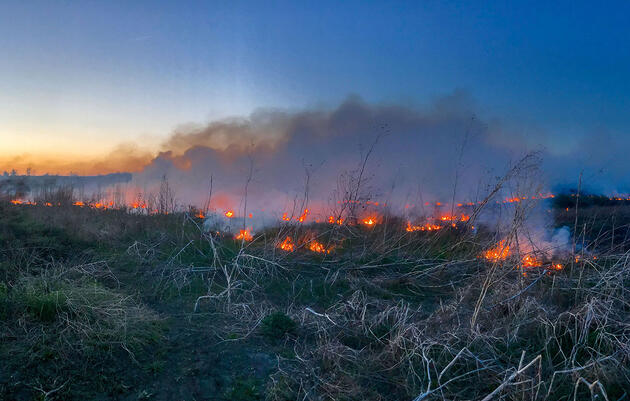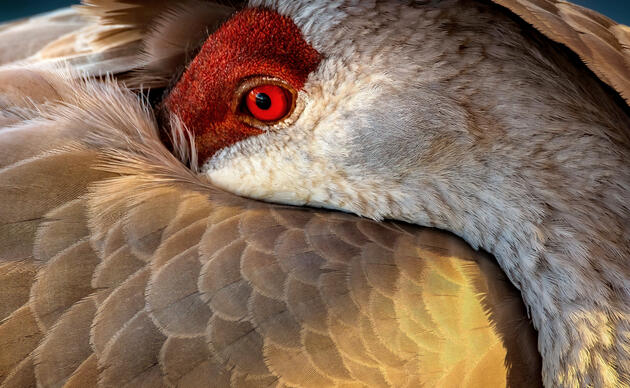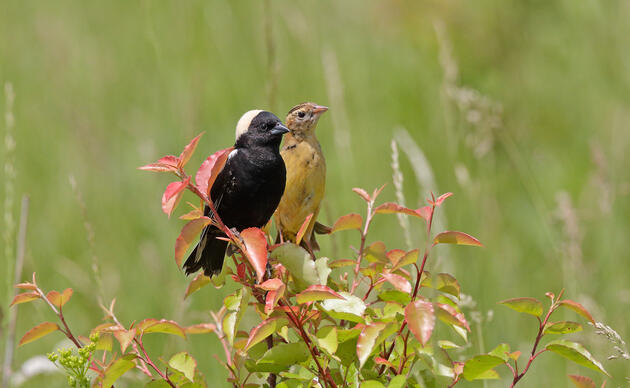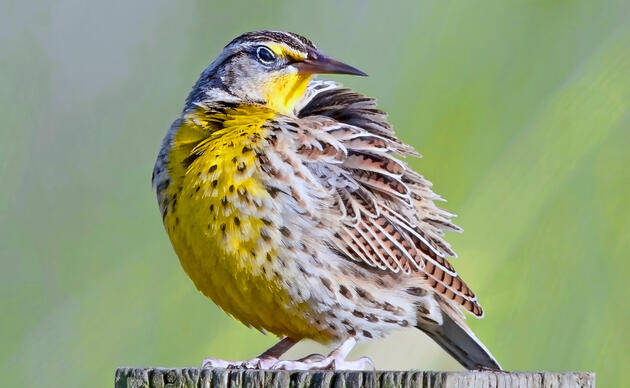A new report from the National Audubon Society shows that important bird habitats are critical to reducing greenhouse emissions due to their ability to naturally store and sequester carbon. In Nebraska, this means maintaining and restoring grasslands while utilizing incentives for management and conservation.
"Grassland birds are some of the most imperiled bird species in North America," said Kristal Stoner, executive director for Audubon Nebraska. "With initiatives like Audubon Conservation Ranching and programs like the Farm Bill, we can make real strides for birds and mitigate the effects of the climate crisis."
Much of the land in Nebraska is privately owned, so policies must support the role that landowners and producers play in maximizing the potential of grasslands.
“Working with private landowners and incentivizing voluntary climate-smart practices can increase resilience to climate change, drive investments into local communities, and help protect some of the country’s most important habitats for birds,” said Melinda Cep, vice president of natural solutions and working lands at the National Audubon Society. “Public lands also present ample opportunity to maintain and restore natural climate solutions and create a cleaner future for all.”
By maintaining existing grasslands, restoring native grasslands, and supporting conservation-focused ranching, we can capture a considerable amount of atmospheric carbon. And because grassland birds are among the most threatened in North America, restoring grasslands to capture more carbon will also mean that grassland-dependent birds have a more promising future.
Audubon Nebraska has witnessed this first hand with our work on the Denton Hills landscape where Spring Creek Prairie's 800 acres of tallgrass prairie providing habitat for hundreds of species including the Bobolink, Grasshopper Sparrow and Western Meadowlark. Through working with landowners in this area, conducting prescribed fires and implementing regenerative grazing, it strengthens the resiliency of the grasslands while capturing carbon in the soil.
Audubon's Conservation Ranching initiative, Farm Bill programs and legislation like the Growing Climate Solutions Act are examples of ways to sequester carbon through grasslands. Nebraskans are well known for innovative solutions and hard work ethic. Leveraging and supporting grassland restoration and management is good for birds, good for people and good for our climate.
The natural climate solutions report can be found at: https://nas-national-prod.s3.amazonaws.com/audubon_naturalclimatesolutions_june2021_hi_res.pdf
Additional information can be found at: https://www.audubon.org/conservation/climate/naturalsolutions
Audubon Conservation Ranching
This market-based conservation approach offers incentives for good grassland stewardship through a certification label on beef products.

